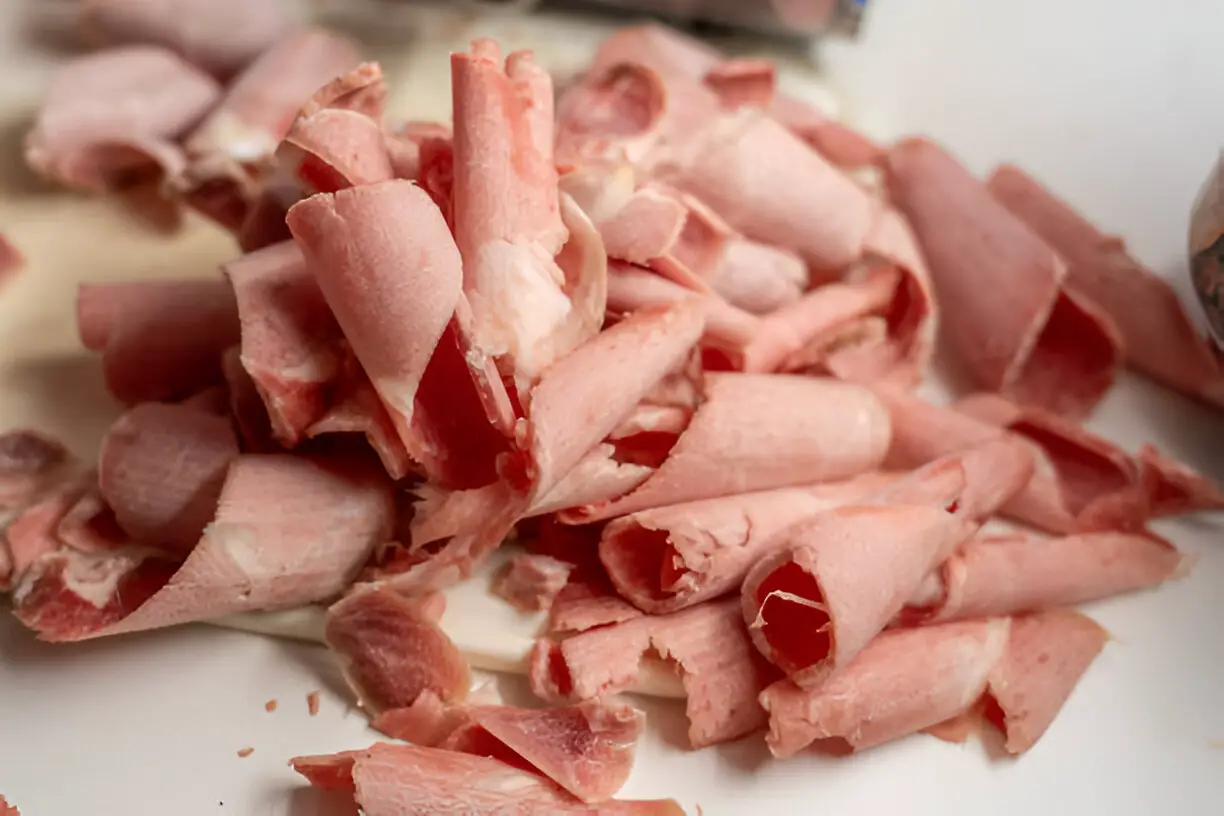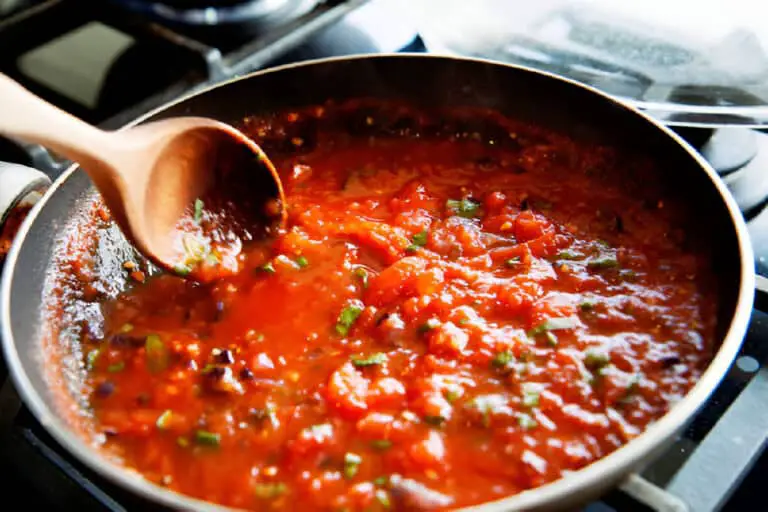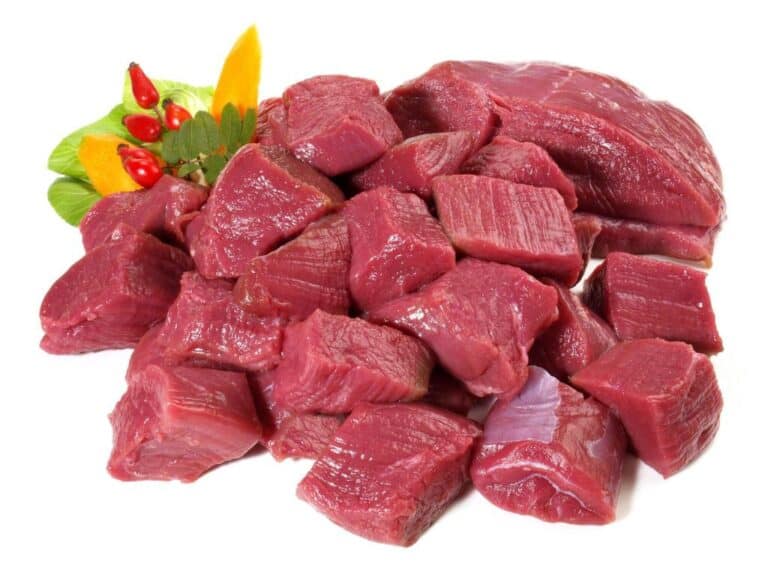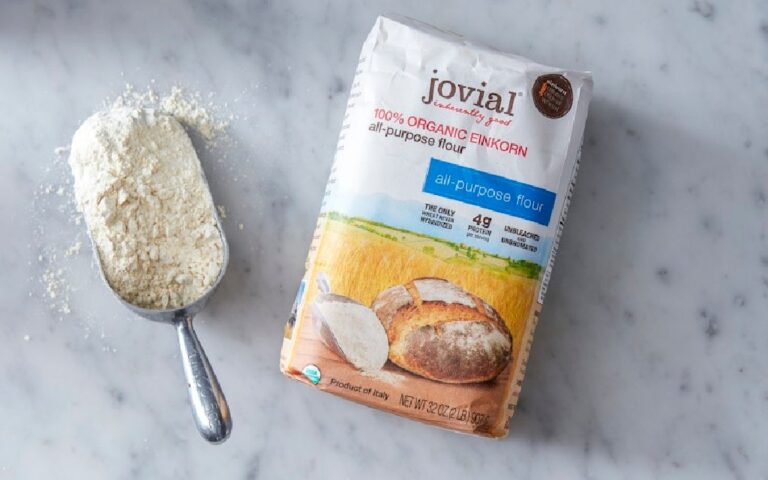Cooking Partially Frozen Meat: The Ultimate Guide

Do you often find yourself in a time crunch when preparing meals? Are you looking to master a kitchen hack that can save both time and elevate your cooking game?
Look no further than the art of cooking partially frozen meat. Imagine the convenience of taking a frozen cut of meat and making a delicious dish, without sacrificing taste or quality.
This article will explore cooking partially frozen meat. We will discuss its benefits and teach you how to make busy meals a success.
Understanding Partially Frozen Meat
Partially frozen meat is not fully thawed. Its exterior is icy or firm, but the inside is still partly solid. This often happens when, due to time constraints, one must cook still-frozen meat.
Home cooks may need to cook partially frozen meat due to busy schedules. Planning ahead for thawing isn’t always possible. A working parent, rushing home after work, may have only partially thawed chicken breasts. They still need to make a quick, nutritious dinner for the family.
Cooking partially frozen meat can cause uneven temperatures. This may lead to longer cook times, overcooked outsides, and undercooked insides. It can also make it hard to achieve the right texture. Imagine searing a steak that’s partly frozen—you risk a charred exterior before the center reaches the right doneness.
These challenges show the need to adapt cooking techniques for partially frozen meats. They have unique traits. Doing so will help you succeed in your cooking.
Advantages of Cooking Partially Frozen Meat

When it comes to cooking partially frozen meat, there are several key advantages that can make a big difference in your kitchen. Let’s break them down into actionable points:
1. Moisture and Flavor Retention
One of the standout benefits of cooking partially frozen meat is its ability to retain moisture and flavor.
- Searing advantage: Cooking a partially frozen steak or frozen hot dog sears the exterior. It locks in the juices. This leads to a moist, flavorful bite in every mouthful.
- No more dry meat. This method prevents overcooking. It keeps your meat juicy and full of natural flavor.
2. Enhanced Tenderness
- Juicier cuts: Cooking meat that’s partially frozen results in a tenderness that surpasses fully thawed options. Imagine a roast chicken where each bite melts in your mouth—this is the kind of tenderness you can expect.
- Improved texture: The slightly frozen state slows cooking. It preserves the meat’s tenderness, keeping it from becoming dry or tough.
3. Time-Saving Convenience
- Skip thawing: For those with busy schedules, the time saved by not having to fully thaw the meat is invaluable. You can go from freezer to pan with minimal delay, which streamlines the dinner prep process.
- Quick meal solutions: Picture yourself coming home after a long day and being able to cook a delicious, hearty meal straight from the freezer. No thawing required means you can still whip up a top-quality dish without the extra wait time.
4. Prevents Overcooking
- Even cooking with care: Because the center of the meat is still somewhat frozen, it helps prevent overcooking the exterior. This way, your meat achieves a perfect balance between doneness on the outside and juiciness on the inside.
- Reduced risk of drying out: Cooking partially frozen meat takes longer. It helps retain moisture. This is vital for lean cuts like chicken breasts or pork chops.
5. Budget-Friendly Option
- Less food waste: Using partially frozen meat allows you to utilize what’s in your freezer more efficiently, reducing waste. If you forgot to defrost your meat, you don’t have to throw it away or change your meal plan last minute.
- Perfect for meal prep: If you like bulk buying and meal prepping, you can cook from a partially frozen state. It lets you store meats longer without losing freshness or moisture.
Precautions When Cooking Partially Frozen Meat
When it comes to cooking partially frozen meat, ensuring food safety is paramount. Handling partially frozen meat requires extra caution to prevent potential bacterial growth. For instance, if you’re marinating a piece of partially frozen chicken, it’s vital to do so in the refrigerator rather than at room temperature. This precaution helps avoid the temperature danger zone where bacteria can flourish.
Additionally, adjustments to cooking temperatures and times are essential when dealing with partially frozen meat. To guarantee that your dish is safe to eat, ensure you increase both the time and temperature slightly. If a recipe says to grill a fully thawed steak for 15 minutes, grill it a few minutes longer or raise the heat slightly to account for starting with a partially frozen cut.
Thorough cooking is crucial when preparing partially frozen meat dishes to steer clear of foodborne illnesses. Using a meat thermometer to check internal temperatures is a foolproof method to guarantee that the meat reaches safe levels for consumption.
Whether you’re pan-searing pork chops or baking partially frozen chicken breasts, always follow cooking guidelines. Verify doneness with a proper temperature reading.
Best Practices for Cooking Partially Frozen Meat
Cooking partially frozen meat requires specific techniques to ensure the food is both delicious and safe to eat. Follow these best practices to make sure your meals come out perfectly cooked every time.
1. Choose the Right Cooking Method
The method you choose for cooking partially frozen meat depends on the type of meat you’re working with:
- For beef or lamb (steaks or chops):
- Searing and oven finishing: Start by searing the meat in a hot pan to lock in the juices and develop a flavorful caramelized crust. After that, transfer the meat to the oven to ensure even cooking throughout.
- Tip: Searing and roasting balance doneness. It makes a tender interior and a crispy exterior.
- For poultry (chicken breasts or thighs):
- Oven cooking: Poultry can be cooked directly from a frozen or partially frozen state by placing it in the oven. This method results in tender, juicy meat without the risk of drying out.
- Tip: Cover the meat with foil during the first half of cooking to retain moisture, then uncover it to let the skin crisp up.
2. Use a Meat Thermometer for Precision
Cooking from a partially frozen state can cause uneven cooking. So, use a meat thermometer to ensure the proper internal temperature.
- Poultry: Insert the thermometer into the thickest part of the chicken. The temperature should reach 165°F (74°C) to ensure it’s safe to eat.
- Beef (for medium-rare): For a medium-rare steak, aim for an internal temperature of 130°F (54°C). This ensures the beef is cooked to perfection without drying out the meat.
- Tip: Regularly monitor the internal temperature to avoid overcooking or undercooking.
3. Adapt Cooking Times
Partially frozen meats will require slightly longer cooking times compared to fully thawed cuts. Be prepared to adjust the cooking duration based on the type and thickness of the meat.
- Expect slower cooking: Since the meat is partially frozen, it will take longer for heat to penetrate the center. Adjust your timing to avoid undercooking.
- Tip: For thicker cuts, lower the oven temperature slightly. Cook longer to ensure even doneness without burning the outside.
4. Prioritize Food Safety
Cooking partially frozen meat can be risky if done improperly. Bacteria may survive if the meat doesn’t reach the right internal temperature.
- Regular temperature checks: Always use a thermometer to check different parts of the meat, especially the thickest portions. Cooking times may vary based on how frozen the meat was initially.
- Tip: Ensure that you regularly sanitize any utensils or surfaces that come into contact with raw or partially frozen meat to prevent cross-contamination.
5. Avoid Overcrowding the Pan or Oven
Cooking frozen meat requires good heat circulation. Overcrowding the pan or oven can cause uneven cooking.
- Allow space between pieces: Give each piece of meat enough room to cook evenly and properly. This allows air or heat to circulate, ensuring thorough cooking.
- Tip: If you’re cooking multiple pieces, use a wire rack in the oven to elevate the meat and promote better heat distribution.
6. Rest the Meat After Cooking
- Why resting matters: Allow the meat to rest for 5-10 minutes after cooking to let the juices redistribute throughout. This will make the meat more tender and flavorful when you cut into it.
- Tip: Cover the meat loosely with foil during the resting period to maintain its warmth without losing too much moisture.
By following these best practices, you’ll be able to cook partially frozen meat that’s both safe to eat and deliciously prepared.
Popular Dishes Perfect for Partially Frozen Meat Cooking
The culinary world has many great recipes for using partially frozen meat. Stir-fry dishes such as beef and broccoli or chicken with vegetables are classic favorites. Slicing partially frozen meat thinly makes it easier to achieve that perfect sear while locking in the natural juices. Using flavorful seasonings like soy sauce, garlic, and ginger adds depth to the dish. They won’t make it less tender.
For those craving a hearty meal, slow-cooking roasts with partially frozen beef or pork can result in succulent and tender entrees. The slow cooking lets the meat soak up the tasty flavors of the herbs, spices, and aromatic vegetables in the pot. Imagine coming home to a comforting bowl of tender pulled pork or beef stew after a long day. It’s all possible by mastering the art of cooking with partially frozen meats.
A creative spin on popular recipes can elevate your dinner. Use partially frozen chicken breasts to make stuffed poultry rolls. They’re a quick and impressive dish. Butterfly cut the partially frozen chicken breasts. Stuff them with a mix of cheese, spinach, and sun-dried tomatoes. Bake until golden brown.
This method keeps the meat moist. It also allows for endless, impressive flavor combinations.
Read: How to Reheat Taco Meat in a Crock Pot?
Storage and Safety Tips for Partially Frozen Meat Handling
When it comes to handling partially frozen meat, proper storage techniques play a crucial role in maintaining its quality. After cooking only a portion of your meat, ensure that the rest is stored safely. Consider vacuum-sealing or tightly wrapping it before placing it back in the freezer. This prevents freezer burn and helps preserve the flavor and texture of the remaining meat until you’re ready to cook it.
Thawing out leftover portioned meats safely is essential to avoid potential foodborne illnesses. Always thaw frozen meat in the fridge or using cold water. Don’t leave it at room temperature, where bacteria can grow quickly. By planning ahead and allowing enough time for safe thawing, you maintain both the meat’s taste and safety.
Also, follow safety guidelines for refreezing cooked, prepped, or grilled meats. It is generally safe to refreeze fully cooked, partially frozen meats. But, cool them quickly after cooking to prevent bacteria growth. For meats like chicken or beef that have been marinated but not fully cooked, be cautious as refreezing might impact both texture and taste.
By following these tips for handling partially frozen meat, you will both maintain food quality and safeguard your health. These practices let you safely enjoy cooking with partially frozen meats. They balance convenience with flavor in your culinary adventures.
Embrace the Versatility of Partially Frozen Meat in Your Kitchen
Cooking partially frozen meat has many benefits. It retains moisture, is more tender, and saves time in meal prep. It has challenges, like ensuring safe cooking temperatures and fixing textures. But, mastering this technique can elevate your cooking skills. You can unlock flavorful possibilities by cooking partially frozen meat. Just know the benefits and precautions. It will not compromise quality.
I encourage you, as home cooks, busy parents, or culinary enthusiasts, to delve into the realm of cooking with partially frozen meat. Experiment with different dishes, try out various cooking methods, and don’t shy away from getting creative in the kitchen. This technique shows your resourcefulness. It also lets you cook tasty meals fast. Master the art of cooking partially frozen meat. Its versatility may make it a staple in your cooking. Home cooking is about adaptability and exploration. By using this method, you will become a more versatile and confident chef in your kitchen.






